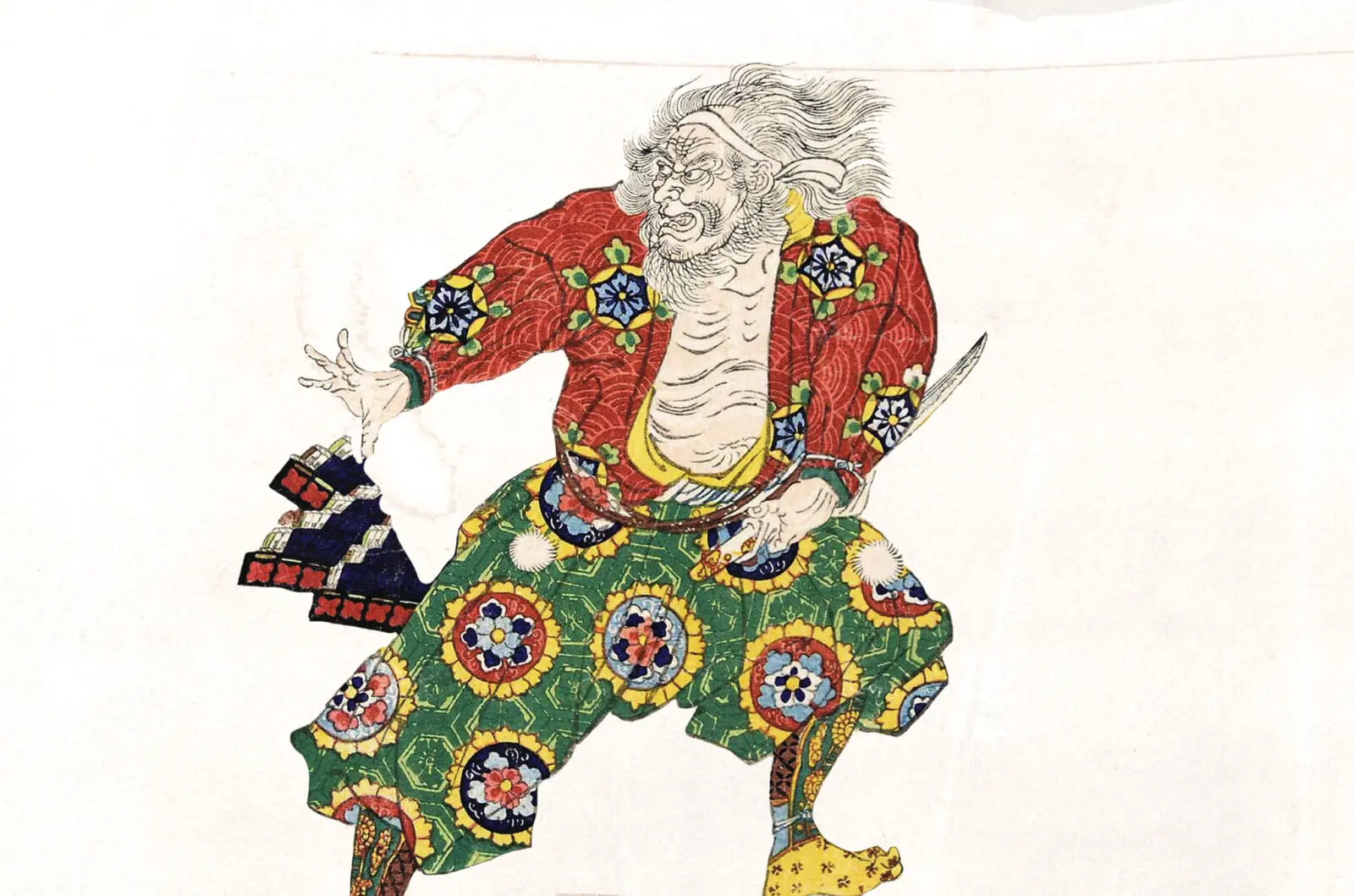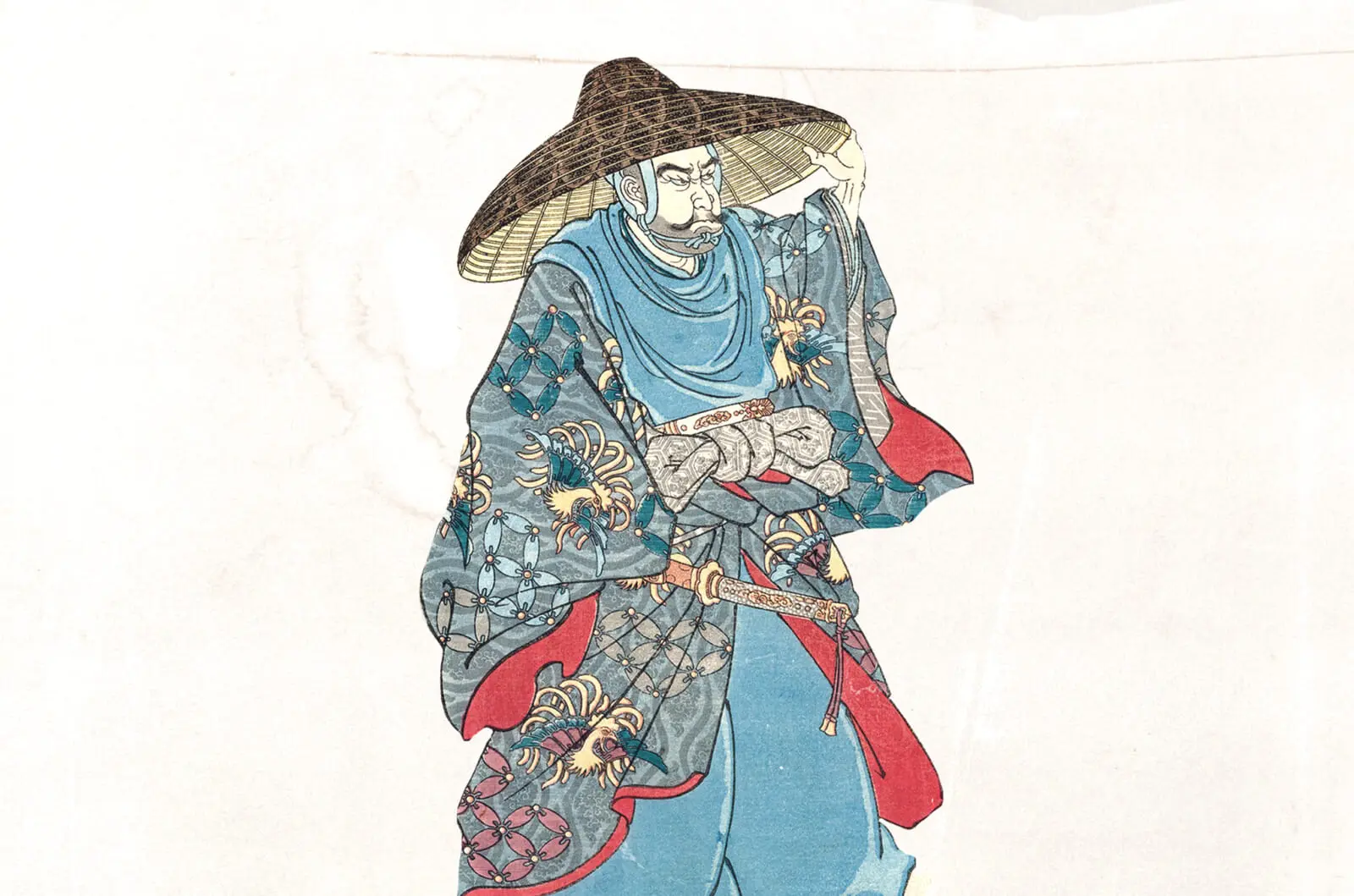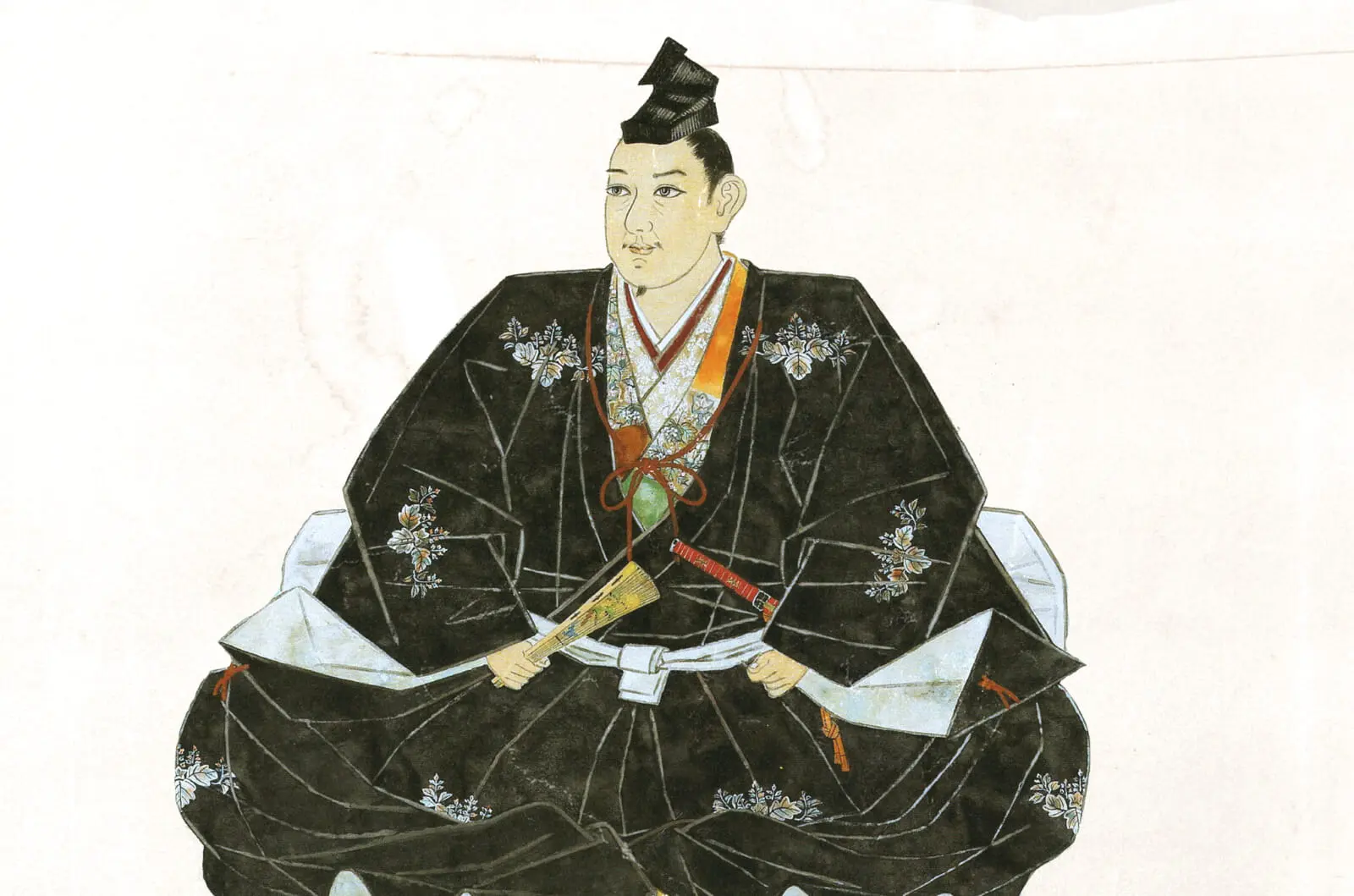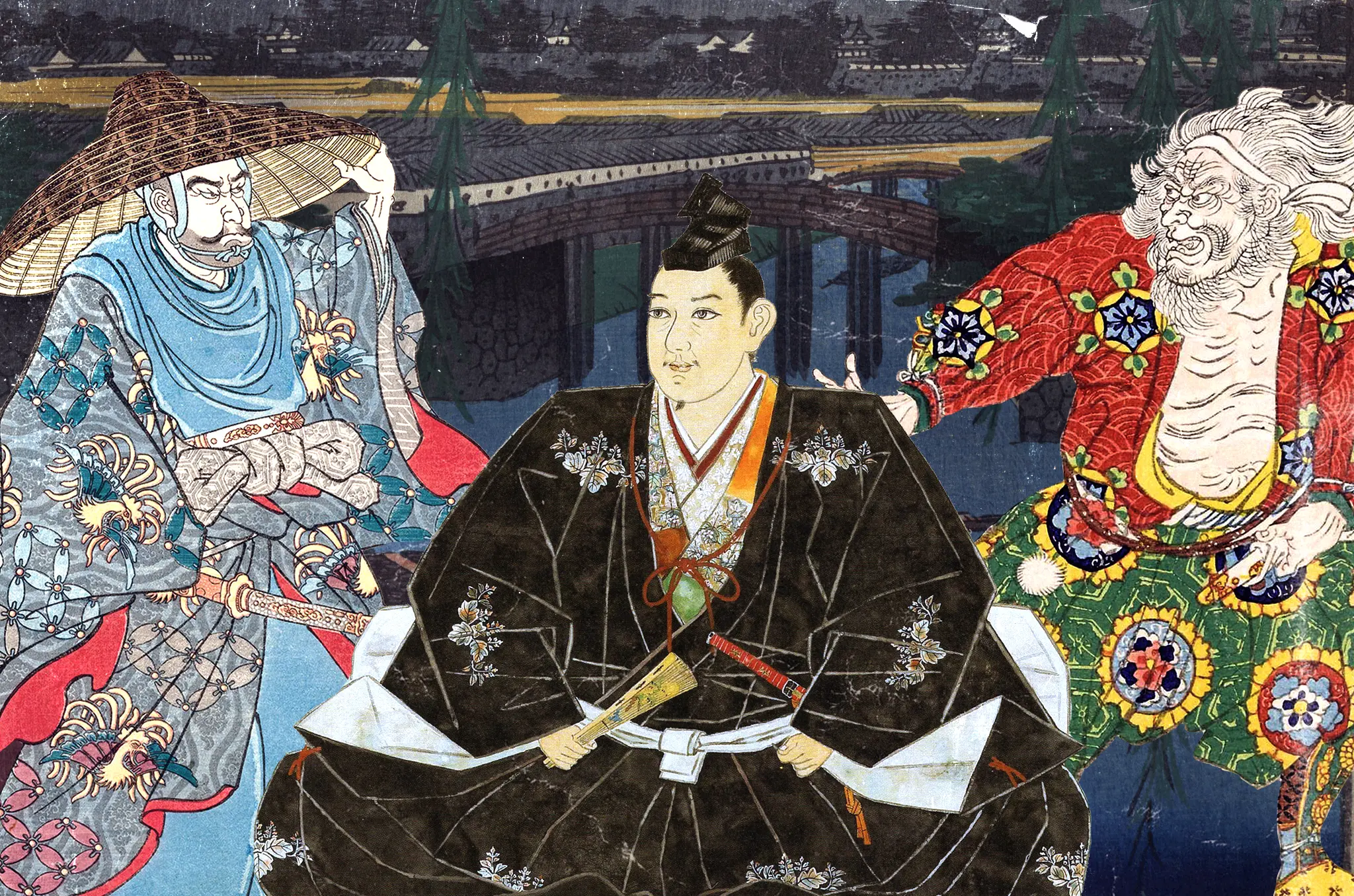Japan sure loves grouping things in threes. Oftentimes, they get it right, like with the three most beautiful places in Japan, which really are some of the loveliest locales you can visit around the country, both the old and the new version. But then there are the three great villains of the Sengoku Period: samurai active during a time of near-constant civil war, who became infamous for their supposed cruelty. Nobody is saying that these people were angels, but what exactly made a professional warrior evil, especially in a time when everyone was going around killing each other?

Matsunaga Hisahide: The Tea Kettle Villain
Matsunaga Hisahide (1508–1577) was a close friend and retainer of Miyoshi Nagayoshi, lord of several provinces in Kansai with a stranglehold on the Kyoto Imperial Court and the shogunate. Hisahide loyally followed his master’s orders by conquering Yamato Province (modern-day Nara Prefecture), strengthening his power base. But when Nagayoshi’s brothers and son died, the warlord’s adopted son, Miyoshi Yoshitsugu, was named heir despite being too young to rule, seriously weakening the clan’s position.
Later, rumors started spreading about how Hisahide orchestrated all the deaths and the succession, but not everyone bought into it, including Yoshitsugu. In fact, he personally asked for Hisahide’s help in assassinating shogun Ashikaga Yoshiteru, the then puppet military ruler of Japan who was trying to consolidate power, which threatened the Miyoshi clan.
Hisahide and Yoshitsugu would ultimately become enemies as the former fought for control of Yamato, with one of their clashes ending in the burning of the Great Buddha Hall of Todaiji Temple, which Hisahide supposedly ordered. However, as with the assassination of the Miyoshi family, there is absolutely no historical proof that he wanted to destroy one of the most important and holiest places of Buddhist worship in the country.
Some sources say it was an accident; others place the blame on a lone soldier from the Miyoshi side. So, why is Hisahide remembered for it now? It might have something to do with his clashes with Oda Nobunaga. Hisahide alternated between aligning with Nobunaga and fighting him (par for the course during the Sengoku period).
Nobunaga eventually had enough. He attacked Hisahide and demanded his head. Legend goes that Nobunaga also wanted his antique tea ceremony kettle as he was an avid collector of such items. But in a final act of defiance, Hisahide allegedly smashed the pot before committing seppuku.
The list of the three great villains was most likely composed to identify the evil counterparts of the period’s Three Great Unifiers: Oda Nobunaga, Toyotomi Hideyoshi and Tokugawa Ieyasu. Hisahide was a natural candidate to be Nobunaga’s nemesis, even if the proof of his evil deeds — like burning down the spiritual center of Japan — had to be manufactured out of whole cloth.

Saito Dosan: The Viper of Mino
Saito Dosan (1494–1556), the governor of Mino Province, is another supposed great villain with a connection to Nobunaga. His daughter Nohime married Nobunaga, but the two never had any children and weren’t exactly the picture of marital bliss. Still, none of this is why Dosan made the list.
He used ruthless tactics that earned him the nickname of “the viper of Mino,” but the whole villain label? That really was more about his lowly birth, as he started his life as a monk who later became an oil peddler. A very successful one, but a profession where you go door to door filling up people’s barrels and pots with oil didn’t win him a lot of respect.
Dosan subsequently petitioned to become the vassal (i.e. a samurai) of Nagai Nagahiro who served the Toki clan, the rulers of Mino Province. He quickly rose through the ranks and gained the trust of Toki Yorinari, helping him dispose of any family members who stood in the way of Yorinari taking over the Toki clan one day. Along the way, he also orchestrated the death of Nagahiro.
Once the Toki were nice and destabilized, Dosan struck, poisoning Yorinari’s younger brother. After raiding Yorinari’s residence, he exiled his ex-master and became the lord of Mino through what was known as gekokujo (“the low overcoming the high”). This was pretty common in his day, though, so why single out this one guy?
Well, although their lives never really intersected, Dosan was most likely placed on the list because of Toyotomi Hideyoshi, for whom he was to serve as an evil counterpart. Like Dosan, Hideyoshi was a commoner who rose to a position of power through sheer strength of will and a lot of cunning.
Many high-ranking samurai hated the idea of bowing down to a former peasant. But Hideyoshi being a revered and powerful figure made it hard to directly criticize him. So, history — which was and is mainly written by the rich and powerful — came up with a workaround: the vilification of another warrior who broke the unspoken rule against the low-born having ambition.

Ukita Naoie: A Victim of Narrative Convenience?
Ukita Naoie (1529–1582) was born into a modest samurai family in modern-day Okayama Prefecture and kind of lived a life befitting the hero of a historical drama. Barely escaping with his life after the assassination of his grandfather by the Shimamura clan, he became the head of his family at the age of 7, after which he entered into the service of local lord Urakami Munekage.
Following his orders, he married the daughter of a neighboring lord and soon discovered that his father-in-law was planning to attack Munekage, together with the Shimamura clan. Assuring his master that he had no problem killing his father-in-law if he could also avenge his grandfather, Naoie was given the green light to clean house, so he ambushed his wife’s dad in a tea house and later destroyed the Shimamura clan on the battlefield.
Years later, most likely driven by ambition, Naoie declared war on his master, eventually ousting Munekage and taking over the Bizen Province. Before he passed away at Okayama Castle, he helped bring more merchants to his territories by improving road access, leading to the development of Okayama. His changing of allegiances and the killing of his father-in-law are often cited as the reasons why he was considered a villain, but those things were so common during the Sengoku period, it simply can’t be the whole story.
Once again, we return to history looking for the evil counterparts of the period’s heroes by focusing on superficial similarities and twisting facts around, because things made so much more sense when they were symmetrical and had clearly defined bad guys and good guys. Naoie was a very methodical and patient warrior, qualities that were later associated with Tokugawa Ieyasu. While the two never clashed, Naoie’s son Hideie did fight against Ieyasu as the latter completed his conquest of Japan. That was enough to symbolically link the two.
In the end, the three so-called villains are less objective biographies of evil people, and more a lesson in how trying to find narrative sense in the chaos of history leads to some serious distortions of the truth.









